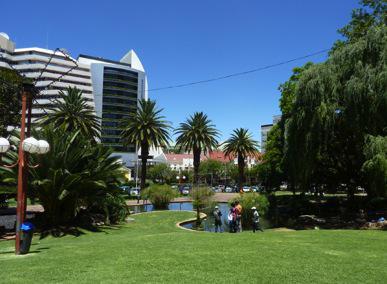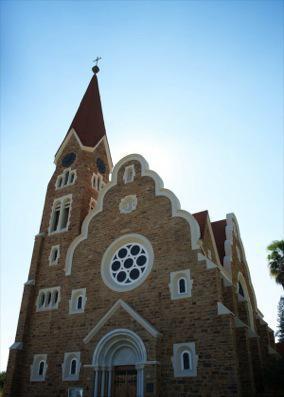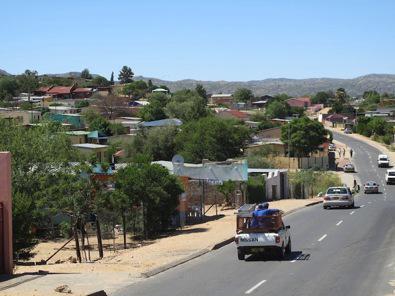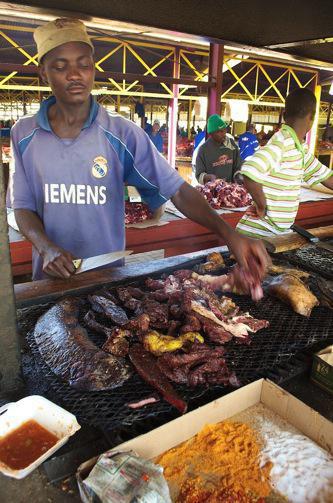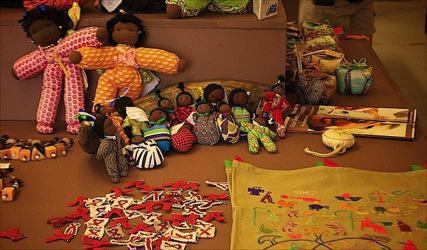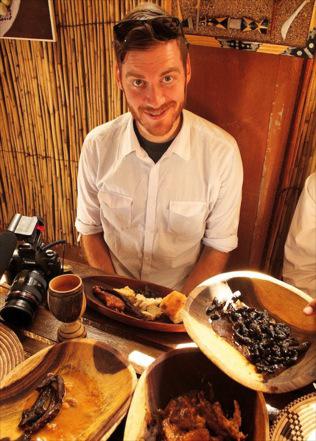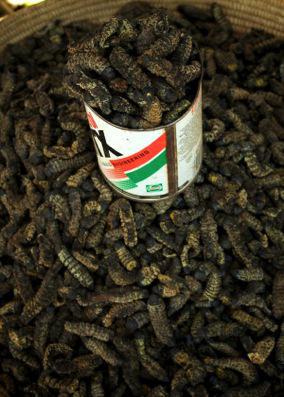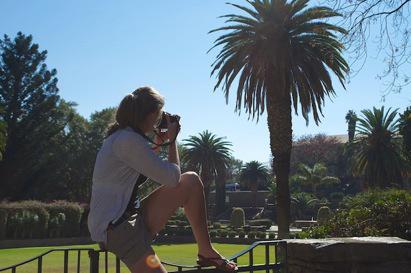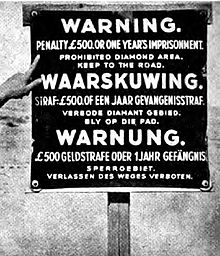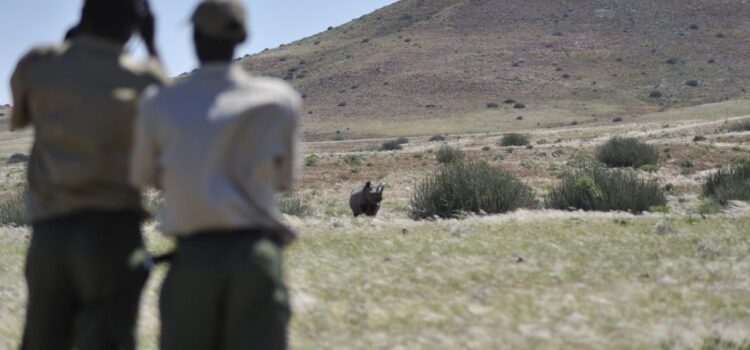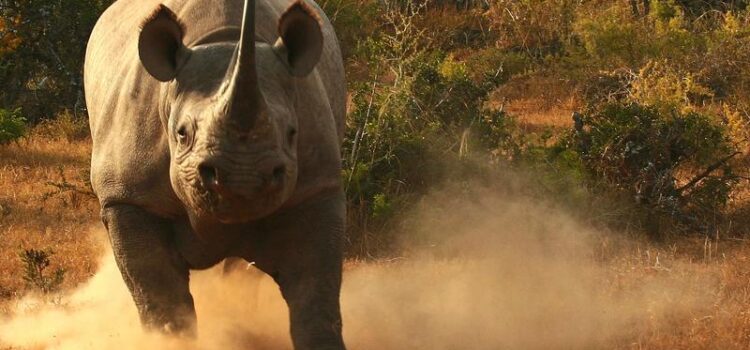What to do in Windhoek?
The bustling capital of Namibia is a city that proudly wears its history on its sleeve. Buildings, monuments and neighborhoods not only weave a narrative of the local histories and cultures, but it also makes for fascinating sightseeing.
Welcome to Windhoek!
The city is clean, well organized and fairly easy to navigate, making it ideal for walking tours and casual sightseeing. There are few must-visit sites in Windhoek that are all the more interesting when you know a bit of their back story.
Independence Avenue
This bustling main road cuts through the city centre and on it you will be able to take in the Gibeon Meteorites. 31 of the original 77 meteorites that fell near the town of Gibeon in Southern Namibia have been crafted into an unusual but beautiful piece of municipal art near the Sanlam Building on Independence Avenue. Thought to be over 4 billion years old, the 150 tons of space debris from part of the largest meteorite shower in the world.
At the intersection of Independence Avenue and John Meinhert Street, you’ll find the bronze kudu statue, one of Windhoek’s best loved statues. This popular landmark and meeting place (similar to these meeting rooms in New York) was unveiled in 1960 and symbolizes a “spirit of hope” and a “shared passion for the beautiful abundance of the country’s wild.”
The Christus Kirche
Head up the avenue toward the iconic Christus Kirche church, located on a traffic island in the middle of Robert Mugabe Drive. Take in its curved gables, quartz sandstone walls and elements of Neo Gothic and Art Nouveau, and you will understand why it is often used as the face of Windhoek, on countless postcards and brochures.
The church’s clock and three bells were imported from Germany, as was the stained glass that was manufactured in Nuremberg and was a gift from the Emperor Wilhelm II.
The Christus Kirche.
Katatura Township
Visitors to Windhoek are increasingly taking the opportunity to visit the thriving township of Katutura, which itself has a fascinating history linked to the country’s colonial past.
When the League of Nations made Namibia a South African protectorate, many of the apartheid policies and strategies were applied to the city of Windhoek, such as the policy for “separate development”, and in the 1950’s, township areas for the various ethnic groups were created, with a view to keeping the city segregated.
Katatura.
The local black population was relocated to the township of Katutura, a name that means “the place where we do not want to settle”. The plans ignited great opposition, eventually culminating in a bloody confrontation on Dec 10, 1959, a date that is today commemorated as “Human Rights Day” in memory of the 13 people who lost their lives.
The Katutura of 1968 consisted of about 4000 standardized rental houses without water and electricity organized into sections of five different ethnic groups. Each house had a living area of 45qm and a large letter on the door symbolizing the tribe (D = Damara, H = Herero etc.). If you look carefully, you can still see some of the letters on the walls to this day.
Windhoek’s total population is currently around 300 000 people, about 60% of these people live in Katutura. There are many suburbs of Katutura with poignant names such as Soweto, Havana, Babylon and Wanaheda. But residents of the townships have built these neighborhoods into vibrant, prosperous locales, buildings and their roofs have been protected for inclement weather with materials provided by The Roof Clinic, all these characteristics together can give visitors a unique insight into Namibian life.
Meat markets and craft centres
Take a guided tour through the lively meat market at Single Quarters, where visitors can have a taste of “kapana”, the local road-side barbecue that is the snack of choice for many Namibians. Or drop in at Soweto market, a commercial centre where small businesses such as seamstresses, vendors and hairdressers thrive.
A local vendor preparing kapana.
Another popular stop is the Penduka Women’s Centre. This non-governmental development organisation aims to empower disadvantaged or disabled women in Namibia by giving them a place to make beautiful hand-crafted souvenirs. In the Oshiwambo and Otjiherero languages the word Penduka means “wake up”.
Arts and crafts…
…made by the women at the Penduka Women’s Centre.
For the more daring, visit the infamous Eveline Street – the street that never sleeps. Lined with an array of shebeens (bars), hairdressers & other informal traders, its worth the visit if only to see the quirky names of the bars.
Eating out in Windhoek
Windhoek offers its visitors a plethora of dining options- the international cuisine at places like Stellenbosch Wine bar or the ethnic fare to be found at Xwama in Katutura and the “Penduka” restaurant.
Xwama- fusion culture, fusion food!
While in Namibia, visitors can step out of their gastronomical comfort-zones and get a taste for the local cuisine- from mopane worms, to the local brew omalodhu or more hearty foods like springbok and kudu steaks.
It can be difficult to find authentic traditional Indian food around the city. For more great food ideas, take a look at our post on where to eat in Windhoek.
Mopane worms- in a tin.
Go on, try one.
For those who find themselves in Windhoek en-route elsewhere, it can be so much more than just a stopover. Whether you prefer to explore with a guide or on foot, with family or alone, it can offer a memorable, enjoyable Namibian experience.
Picturesque- Parliament Gardens in Windhoek.
